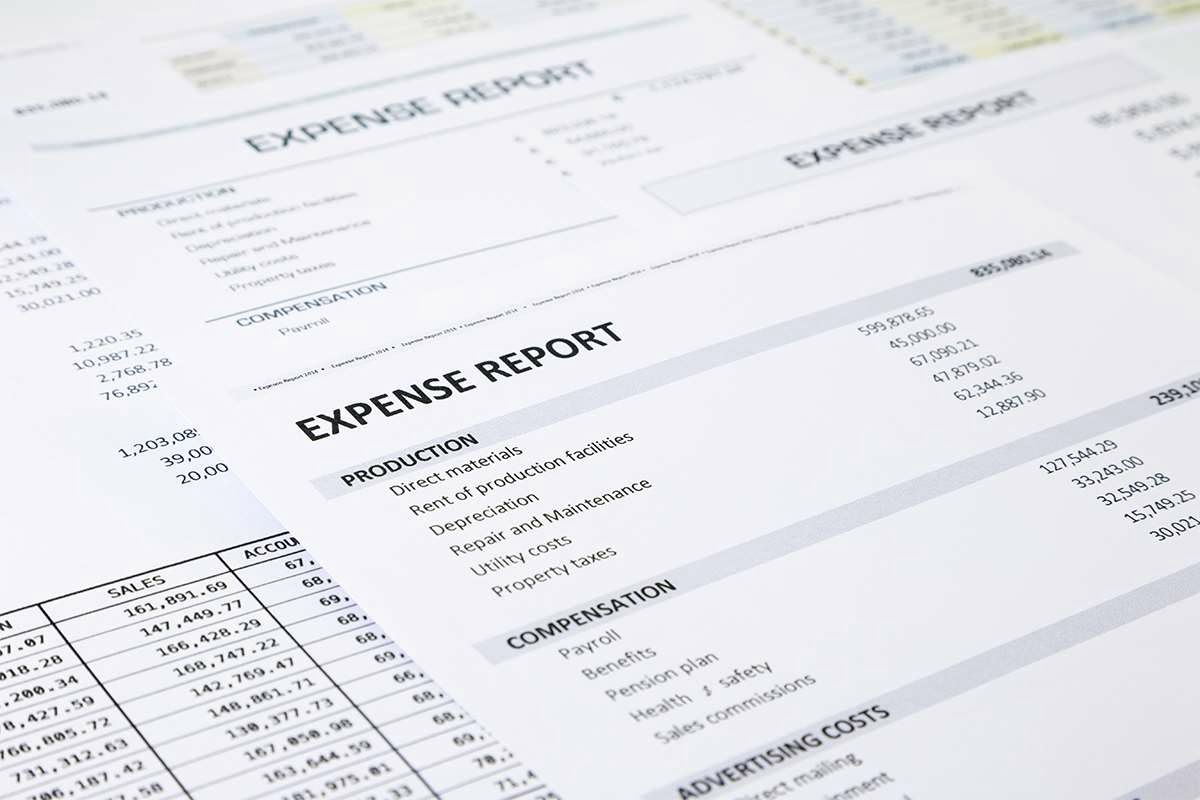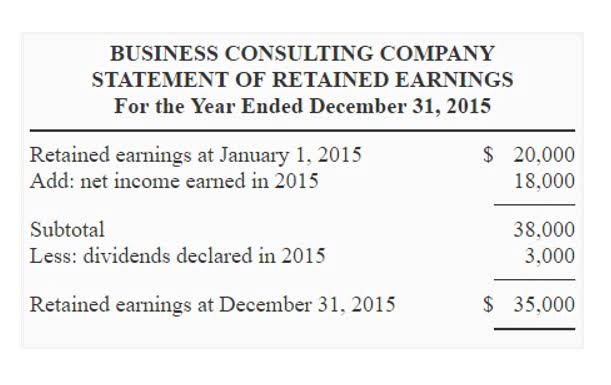
Accounting in photography deals with more than merely monitoring receipts and payments. To ethically conduct any business, you must know and follow the basic accounting principles. For instance, exploiting the effective and right software, tax application, and tracking of expenses.

Do you have a favorite accounting software that you love?
Some popular options include FreshBooks, Patriot, and Wave, which provide affordable solutions with features specifically designed for photographers. Be sure to compare pricing plans and look for deals or discounts to ensure you’re getting the best value for your investment. In the world of photography, talent and creativity are https://www.instagram.com/bookstime_inc essential for success.
Accounting Practice: Definition, Methods, and Principles
When your expenses are up to date, you’ll know exactly what your profit/loss is in real-time which can help you make smarter business decisions. You probably have price packages and an hourly rate for ad hoc work, but do you know how much you really get paid per hour? Creative professionals who meticulously record how they spend their billable hours are often rewarded with aha moments that help them create more accurate prices in the future.
- With a clean, easy-to-navigate interface, you can create invoices quickly and track your business expenses and income by day or month.
- Therefore, it’s essential to find accounting software that offers customization and functionality tailored to your specific needs.
- These ways of doing business can manifest into good and bad norms on aggregate.
- We offer a number of different accounting packages to choose from, with competitive pricing.
- Shoeboxed’s expense tracking system keeps track of all of the photographer’s receipts and automatically classifies them making filing taxes a much simpler process.
- Wave has handy features like automated reminders on late payments and easy set up for recurring invoices.
The Revenue Recognition Principle

Revenue https://www.bookstime.com/ is the gross inflow of cash and receivables of an enterprise from the sale of goods of services or the yielding of any interest, royalties, and dividends. We reached out to Tanya and Tidy Books to find out where most photographers go wrong, and how YOU can set yourself up for long-term financial success. Join over 1 million businesses scanning receipts, creating expense reports, and reclaiming multiple hours every week—with Shoeboxed. Join over 1 million businesses scanning & organizing receipts, creating expense reports and more—with Shoeboxed. Turn your receipts into data and deductibles with our expense reports that include IRS-accepted receipt images.

Sage Business Cloud Accounting

Your documents include all receipts, client invoices, bills, bank statements, loans, tax returns, and more. For photographers, receipts can include everything from your photo editing software subscription to digital marketing tools. Always keep these documents, whether you store them physically or digitally using a tool like Evernote. As a professional photographer, there are many specific deductions and tax benefits available to you.
- If you are recording the salary payment for your models, you would make a debit entry to the salary expense account.
- The challenge lies in finding a CPA who understands the unique needs and difficulties of the photography industry.
- Then, you would credit the cash account to decrease the amount of cash your business shows.
- In conclusion, budgeting and financial forecasting are not just administrative tasks that photographers should overlook.
- But once you invest this time upfront and get everything in place, it makes everything else go so much smoother down the road.

If you were totally clueless before, this guide should give you a good idea of how to start. The best thing you can do is get some small business bookkeeping software or hire some help. Having a business budget accounting for photographers can be just as important, if not more important. Understanding your finances and sticking to a budget can help you prepare for tax time and plan for major expenses. It’s a good idea to save up enough cash to cover three to six months’ worth of business expenses, too.
